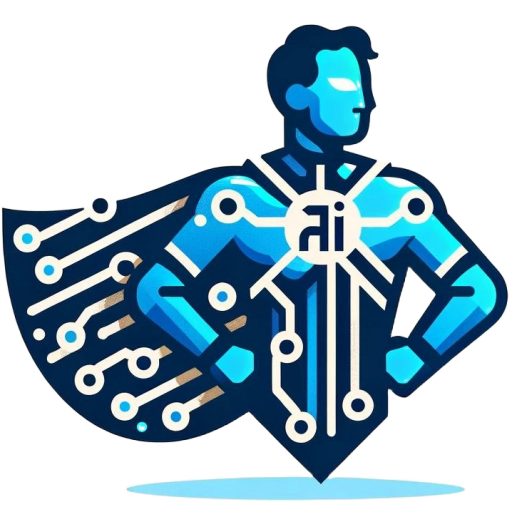Last Updated: January 16, 2024
The Dawning of AI in Disaster Relief
In recent years, the integration of Artificial Intelligence (AI) into disaster management and relief operations has marked a significant shift in how we respond to crises. The technology’s potential in disaster scenarios is immense, ranging from real-time coordination to targeted rescue efforts.
Revolutionizing Disaster Assessment
One of the groundbreaking applications of AI in disaster management is the xView2 program, developed in collaboration between UC Berkeley, the Defense Innovation Unit, and Microsoft. This program significantly enhances the efficiency of disaster assessment and response. Traditional methods, reliant on eyewitness reports and manual review of data from drones and fixed-wing aircraft, are often slow and lack coordination among various responding organizations. In contrast, xView2 can swiftly create a shared map of the affected area, enabling organizations to prioritize responses more effectively.
However, xView2 is not without its challenges. The dependency on satellite imagery, limited to clear weather conditions and daylight, can delay the first usable images, as was the case following a quake in Turkey. Moreover, the satellite perspective can miss damages on the sides of buildings. Another hurdle is convincing traditional first responders to trust AI solutions, which seem disconnected from on-the-ground realities. Despite these challenges, xView2 continues to evolve, with ongoing research in imaging techniques and user accessibility through a web app. You can read more about this technology on MIT Technology Review.
AI in Action: Real-Time Solutions During Disasters
AI-driven chatbots are another example of technology assisting in disaster management. These chatbots, capable of real-time inventory updates and overcoming language barriers, have been pivotal in streamlining rescue operations. For instance, they can instantly provide accurate information on available resources, such as food and medical supplies, and facilitate communication in various languages. This functionality is not just theoretical but has been practically implemented by organizations like the World Food Programme.
Furthermore, AI chatbots can identify high-impact areas during disasters. By displaying geo-specific severity level indicators (heat maps), they enable rescue teams to direct resources to the most affected zones, thereby optimizing response efforts. These tools are becoming increasingly important in the face of climate change and the consequent rise in global disaster scenarios. The integration of Weather APIs and Machine Learning (ML) models with these chatbots further enhances their effectiveness, allowing for better forecasting and planning of rescue operations. More information on AI in disaster management can be found on Wipro’s website.
The Polarity Shift: From Skepticism to Trust in AI
The journey of AI in disaster management embodies a polarity shift from skepticism to trust. Initially, the reluctance to adopt AI was rooted in its perceived detachment from ground realities and the traditional methods of disaster response. However, as AI continues to demonstrate its capabilities in real-time data processing, accurate predictions, and efficient coordination, the mindset is changing. The success stories of AI-assisted rescues and efficient resource management during disasters are gradually building trust among first responders and humanitarian organizations.
Empowering the Public: How You Can Contribute
The advancement of AI in disaster relief is not just for governments and organizations. The public can play a vital role too. By being aware of and advocating for the use of AI in disaster preparedness and response, individuals can contribute to a more efficient and effective approach to crisis management.
- Support Open Source Initiatives: Programs like xView2, being open source, offer opportunities for developers and technologists to contribute to their improvement and accessibility. You can explore and contribute to xView2 on its GitHub page.
- Promote AI Literacy and Awareness: Understanding AI’s capabilities and limitations is crucial for its effective implementation. Educating oneself and others about these technologies can foster a more informed public ready to support AI-driven initiatives in disaster management.
- Volunteer and Donate: Many organizations leveraging AI in disaster relief rely on volunteers and donations. Contributing time or resources to these causes can make a significant impact. You can learn more about how to get involved with the World Food Programme’s AI initiatives here.
Conclusion
The integration of AI into disaster relief represents a paradigm shift in how we approach crises. As technology continues to evolve, its potential to save lives and mitigate disaster impacts grows exponentially. Embracing and supporting these technological advancements is not just a step forward in disaster management but a leap towards a more resilient future.

Leave a Reply